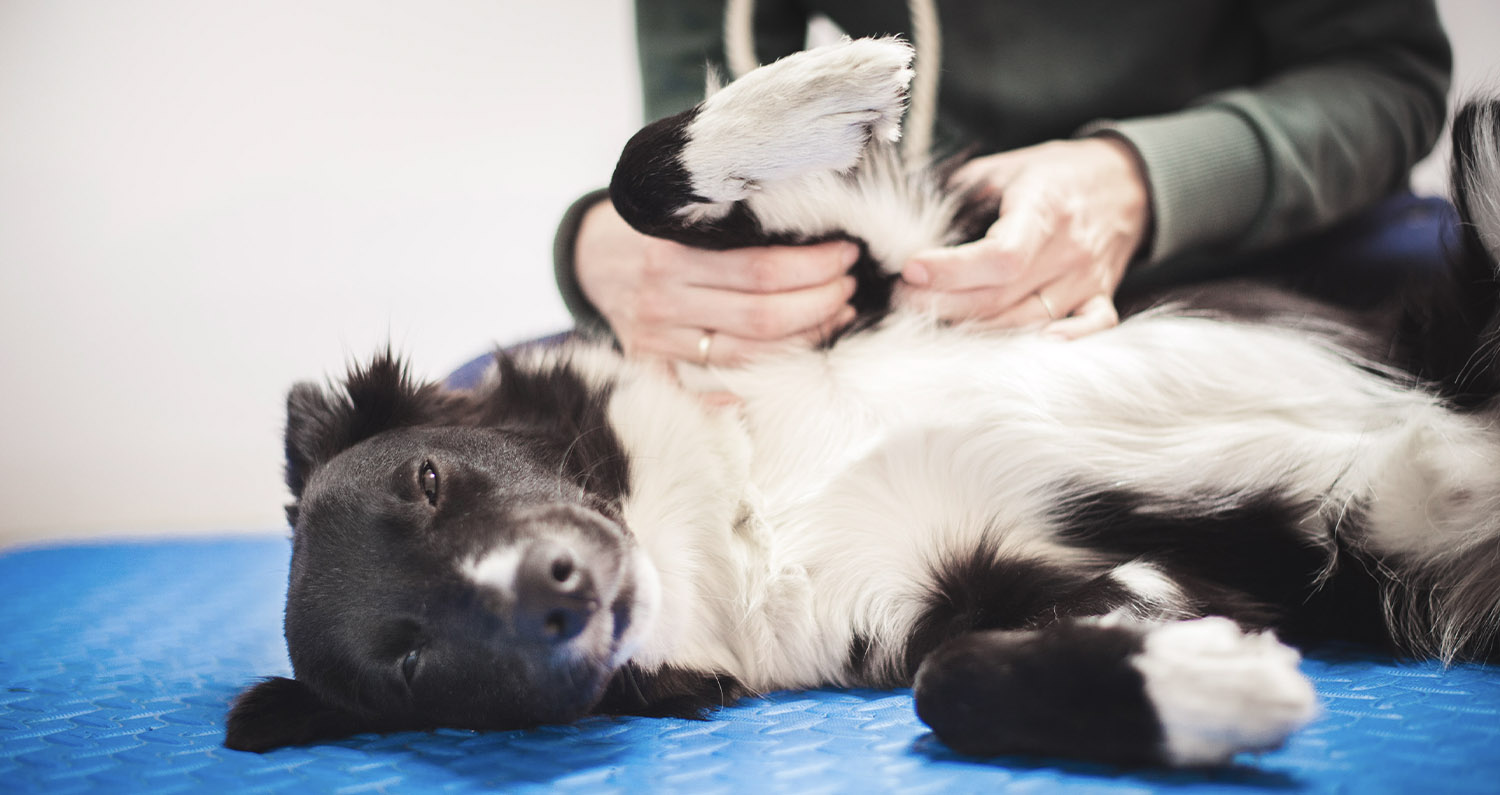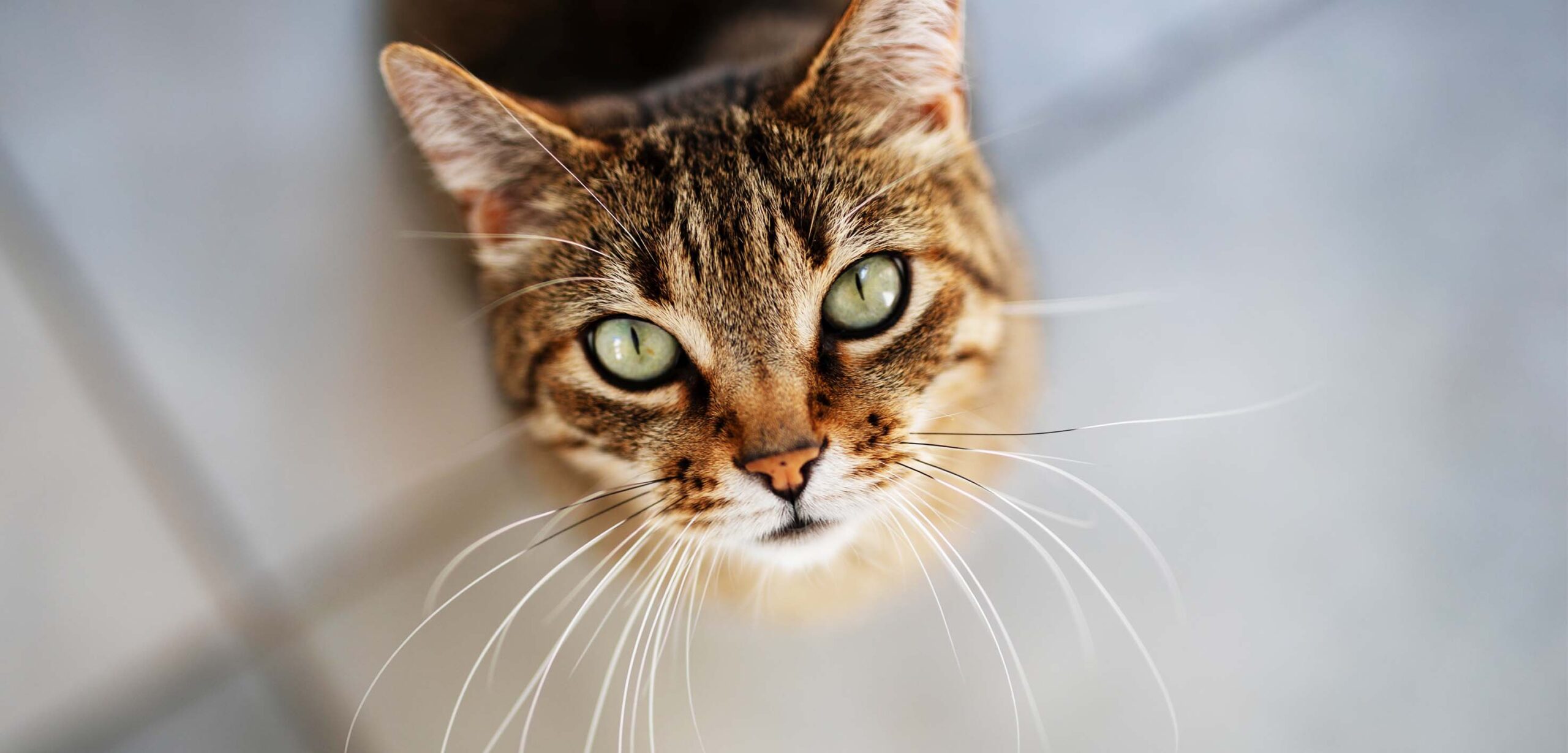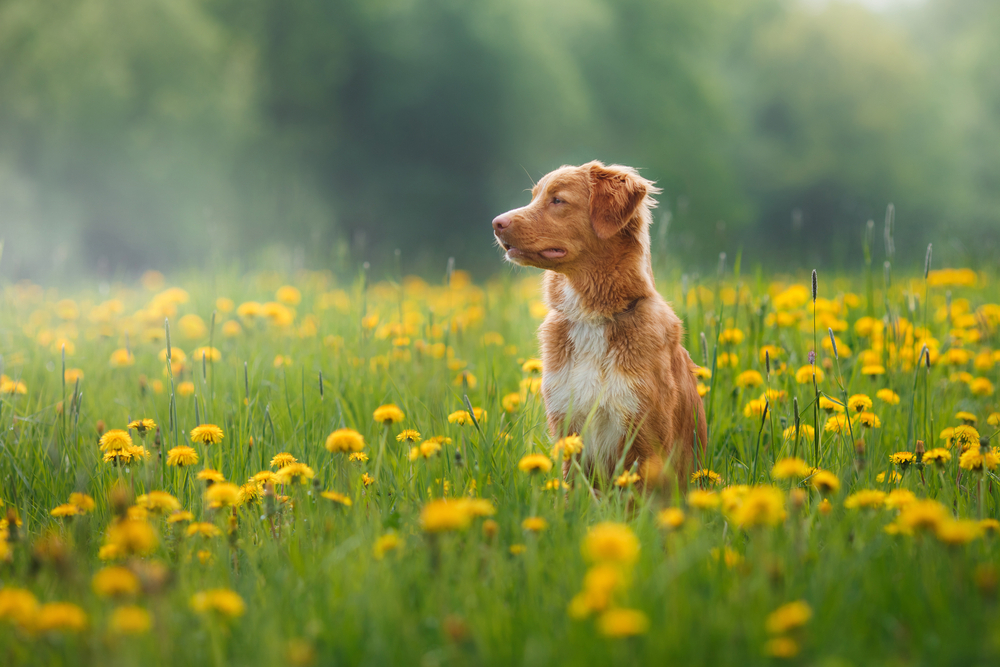Two-leggers and four-leggers alike suffer from anxiety, depression, even those winter blues.
Knowing firsthand how overwhelming feelings of worry and stress can be, we often look to pharmaceuticals first– because it feels like it offers the quickest fix when we’re struggling or because we don’t know how effective other tools are.
But there is this whole array of natural and effective tools, from herbs to nutraceuticals to massage– a “self-care toolkit” for your anxious pet. When used together, the combination of therapies and herbs can be the most successful approach for an anxious pet.
Let’s look at all of the tools at your disposal and how they work to naturally address your pet’s anxiety.
On The Agenda
Why Is Treating Anxiety In Pets Important?
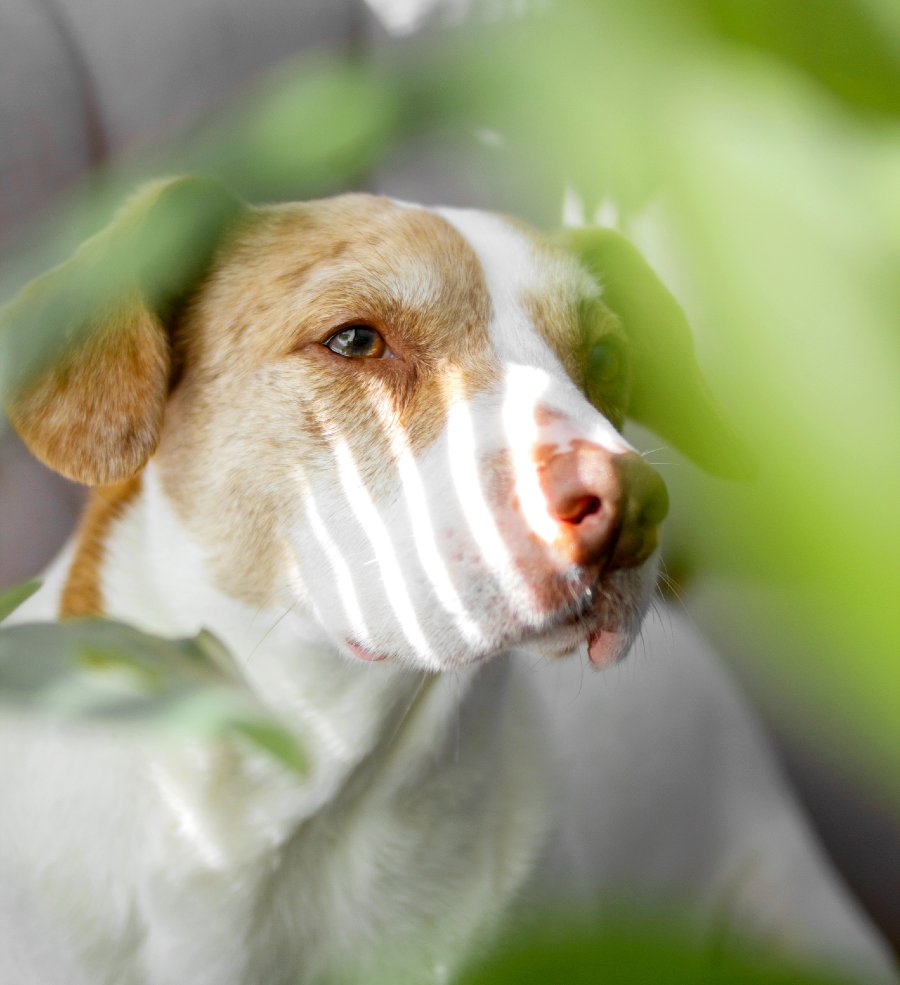
Anxiety can manifest in all kinds of ways, and everyone, dogs included, responds a bit differently. Some jump and bark like they’ve completely come unwound. Others hide in closets, panting and shivering.
Anxiety can also be expressed as aggression. In fact, it is the most common issue veterinary behaviorists see in dogs.
An anxious dog is in this cycle of fear or phobia, anxiety, and stress. And in these instances, aggression is added to the cycle.
Aggressive behaviors differ because of the motivation, but they’re generally one part fear, anxiety, uncertainty, and one part learned response– that aggression = no more threat.
Obviously, aggressive behaviors need to be curbed for everyone’s sake, but it’s also important to tackle the feelings around anxiety head-on because they won’t go away on their own.
The biggest takeaway is that no matter the type of anxiety or how anxiety manifests like aggression in some dogs, every single anxious pet has an onslaught of overwhelming emotions.
As our pet’s biggest advocates, we need to prioritize their mental and emotional wellbeing, just like we would our own.
Helping your pet cope with their emotions and rewiring their behavior isn’t a quick fix but a process that you and they are in together.
But you’ve also got an arsenal of tools at your disposal. Tools that can offer quick-acting relief when you need it and calming support long-term.
Let’s explore all of your options.
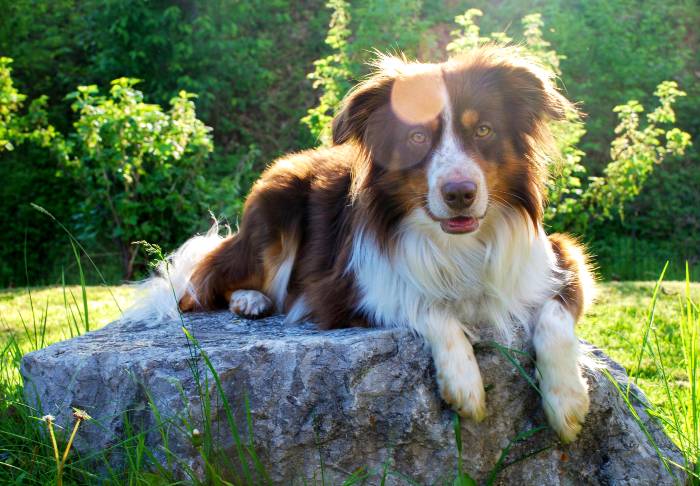
#1 Create a Safe Space
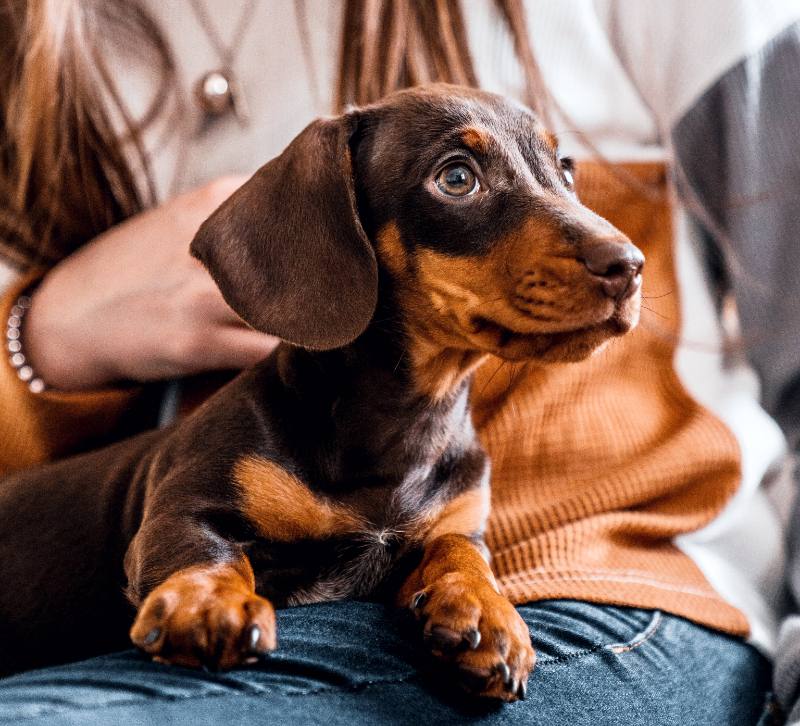
When we’re at our wit’s end and extremely stressed, we retreat to things that make us feel safe and comfortable again. For some, it’s bath bombs and wine, others veg on the couch and turn on a sitcom, or you get on the phone with your friend.
Our four-leggers are no different, except for the wine.
They need to be free to choose their own little oasis, a place to retreat to when the world gets to be a little too much.
It could be a cozy little closet, a spare bedroom, or their crate– whatever or wherever it is, it should be chosen by them and always available so they can retreat when they choose.
Safe spaces are different for dogs and cats. Cats love high spaces. A cat tree or even a cozy bed on a high shelf not only gives them their own personal space, but it can alleviate the frustrations around territories in multi-cat households or even between new family members and their four-leggers.
#2 Give Your Pet Choices
We decide almost everything for our pets, steamrolling their wants and needs at times. But, without choices, they don’t have the option of avoiding situations that add to their stress and anxiety.
There are three simple choices you can start giving your pet today, though:
#1 – The choice to walk away
Be more cognizant of what they want and when and respect those boundaries.
#2 – The choice to go to a safe place
See above for safe space ideas if they don’t have one already.
#3 – The choice to train or not
Think about whether you’re asking your dog to work for food or making them…
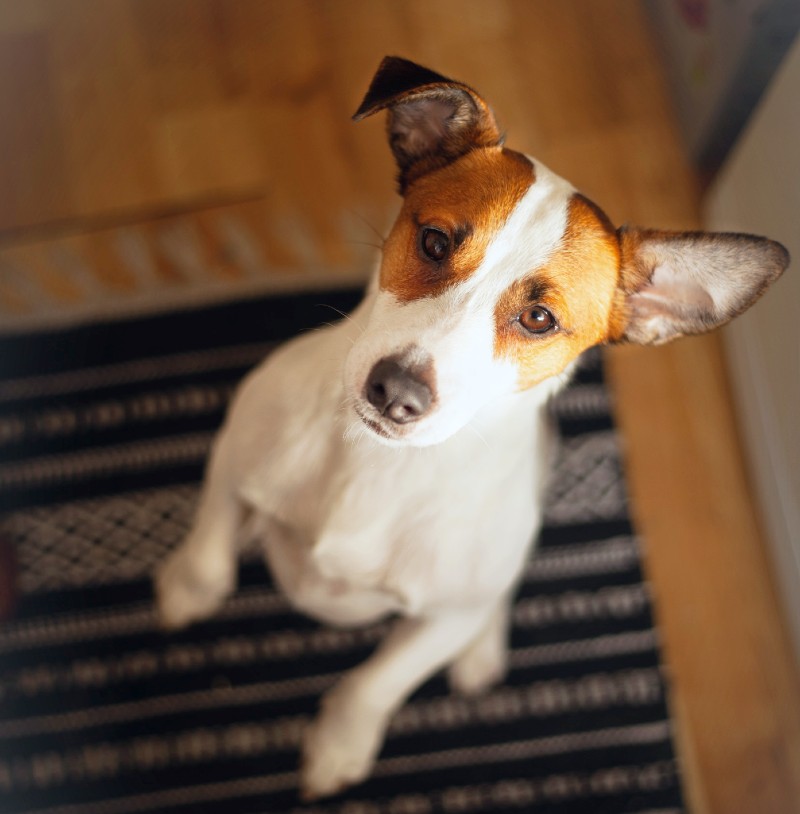
Listen to your pet’s wants and needs. Giving them choices grows their confidence and strengthens your relationship; it can be a real stress relief. With all of the benefits around it, it’s the easiest tool on this list to start right now. Like today.
#3 Stick To A Routine
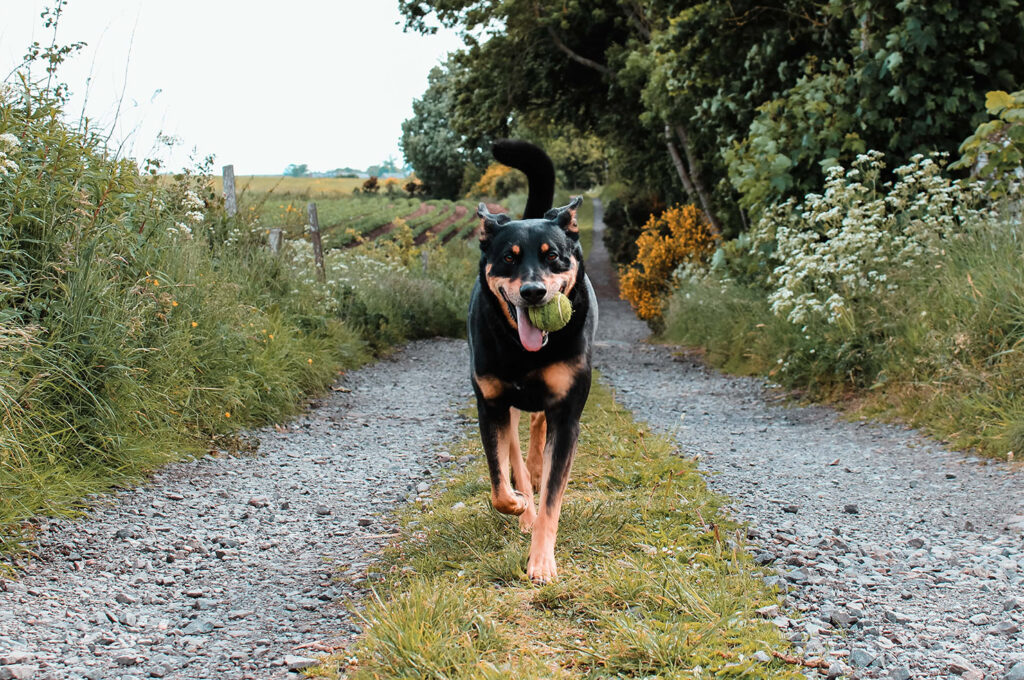
We’re all creatures of habit. Something as simple as dishing out their food at the same time every day is enough to make them feel like there is consistency and normalcy in their day.
Dogs and cats alike need play sessions and time with you, too, so ideally, you set aside a specific time for play or walks daily. If you forget or miss it, they’ll likely let you know, either with precision pouncing or by camping out at the door.
Plus, daily exercise is another way to help your pet spend any pent-up energy that can feed into stress. Be sure to vary play to engage them in body and mind.
#4 Acupuncture and Acupressure
Acupuncture and acupressure can be done on both dogs and cats and are often used in conjunction with herbal remedies and traditional Chinese medicine. Both are methods of stimulation of the meridian or energy paths running throughout the body meant to reduce anxiety and stress—benefiting dogs with underlying pain, too.
A 2018 study showed that acupuncture performed on dogs before they were exposed to thunderstorms kept them calmer and reduced the anxiety behaviors of hiding, restlessness, bolting, or running away.
Acupressure is less invasive since it’s done with a practitioner’s hands and is often used when animals won’t tolerate the small needles or if the area is hard to access. You can also do it at home with proper training.
If you choose to incorporate one of these methods for anxiety relief, find a veterinarian certified in veterinary acupuncture.
#5 Massage
Who doesn’t feel relief from a good massage? Massage benefits an animal’s circulatory system, the autonomic nervous system (the primary mechanism controlling the fight or flight response), and emotional balance.
Plus, massaging your pet lets you feel for any irregularities like bumps or unnoticed injuries.
Massaging your dog’s soft tissues releases neurotransmitters reducing the production of stress hormones, decreasing blood pressure (us too, by the way), relieving tension, calming the nervous system, and supporting the immune system, which is unable to work at full function when the nervous system is excessively stressed.
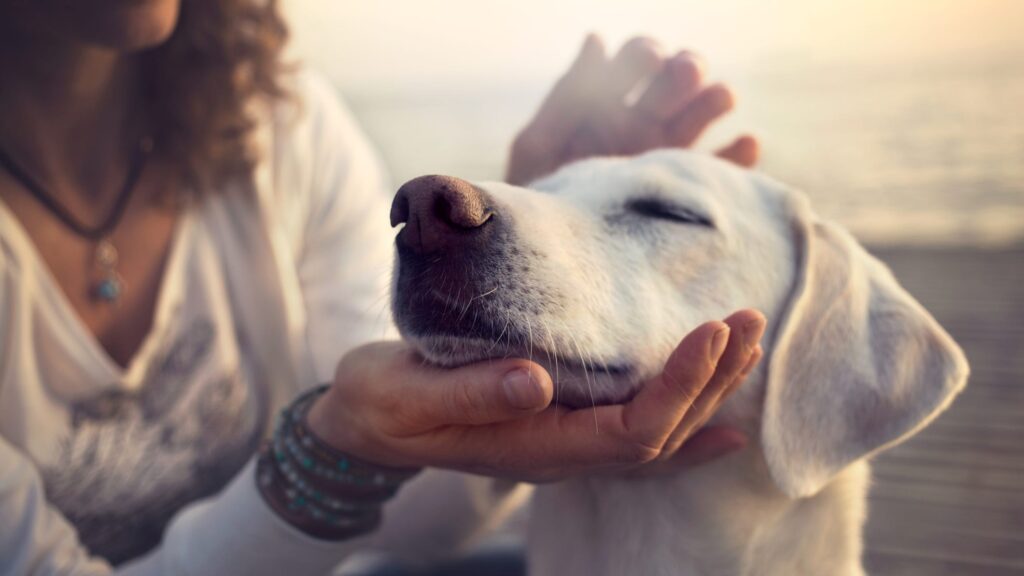
Have you ever heard that massaging your dog or cat’s ears releases endorphins? Give it a try, and you’ll likely get them to lean heavily into your hands while relaxing.
Studies also show that just 10 minutes of massaging your pet lowers your blood pressure AND strengthens your bond with your pet.
#6 T-Touch
If you’ve ever spent time in a barn full of horse enthusiasts, you’ve probably heard of T-Touch, developed by Linda Tellington-Jones, a Canadian horsewoman with a long background in horse massage therapy and training.
Linda Tellington-Jones studied the Feldenkrais method of “Awareness Through Movement,” It sparked a shift in her thinking about touch and movement in animals.
She writes that the goal of TTouch is to “stimulate the function and vitality of the cells in an animal’s body, and to activate unused neural pathways to the brain.”
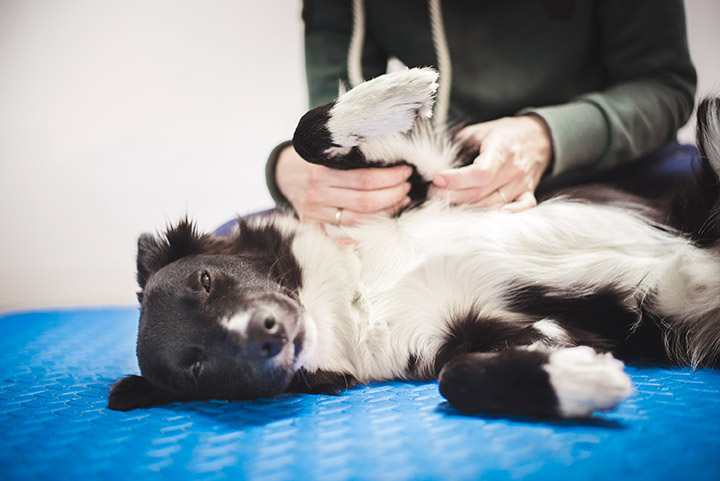
The goal of her T-Touch method is to engage the parasympathetic nervous system. When you do that, it can relax muscle tension and allow heart rate, blood pressure, and circulation to slow, bringing stress levels down.
One study, done at the Biofeedback Institute in Boulder, Colorado, showed that TTouch could create changes in certain brain waves. During the study, the brain wave patterns that emerged were different from those that emerged from simple petting, stroking, or massage. The results suggested that TTouch relaxes the body and brain while simultaneously encouraging an alert, thinking state.
Over a dozen different touches are used in TTouch. Most follow in a circular motion with various pressures combined with strokes. Just like massage, TTouch can also lower blood pressure and calm the mind.
TTouch is another complimentary practice meant to be paired with a larger, comprehensive approach to your pet’s anxiety.
#7 Reiki
Reiki is a Japanese spiritual practice based on meditation to promote relaxation and stress relief. It promotes self-healing of body, mind, and spirit because it activates the parasympathetic nervous system.
Two parts of your body work when anxiety or a panic state is stimulated.
The sympathetic nervous system prepares the body for the fight or flight response.
The parasympathetic nervous system keeps the body from overworking and restores the calm, composed state.
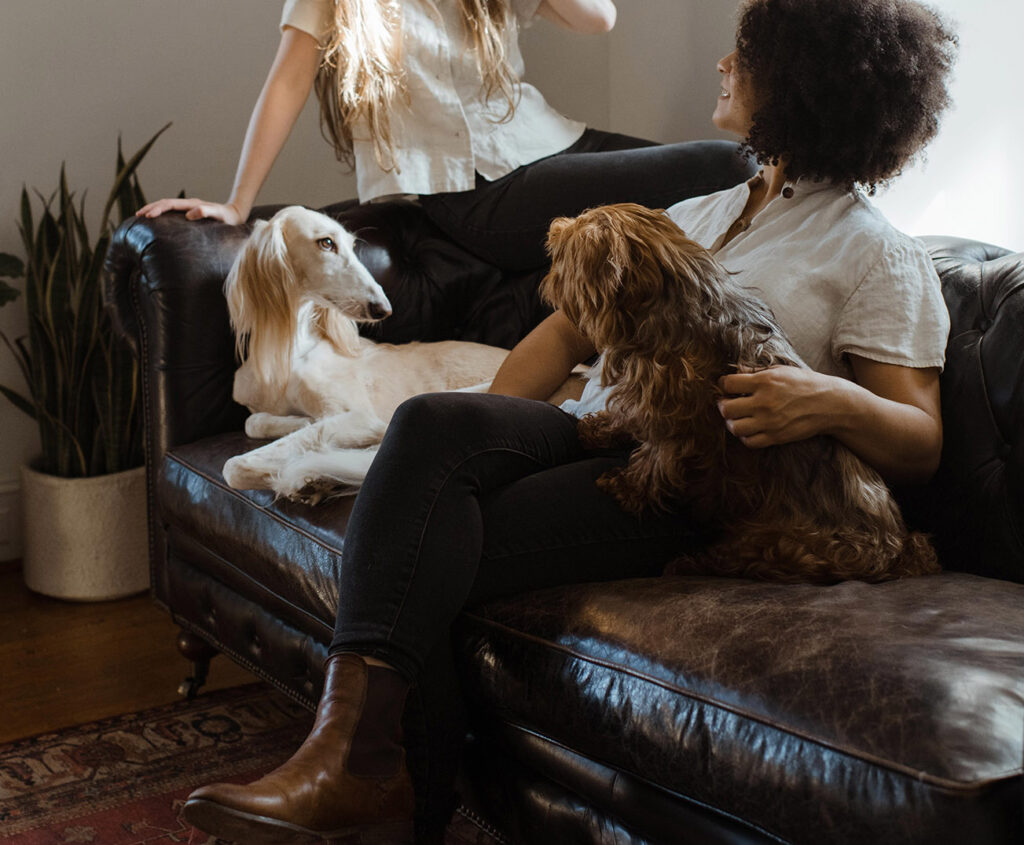
Both make up the autonomic nervous system which controls the organ function and automatic responses of the body.
Animals respond to Reiki more like human children do—they move around, often connect from a distance, and prefer a more flexible and open approach.
Even the most traumatized animals can relax and feel a strong sense of wellbeing when introduced to Reiki practices. But again, Reiki should be considered a compliment to conventional medicines and other therapies.
#8 Anxiety Wraps and Vests
If you have an anxious pet or dread July 4th because the fireworks send your pet running for cover, you may be familiar with wraps. These vest-like garments are designed to calm anxious dogs. They’re available for cats too, but cats don’t tolerate them as well as dogs.
They work under the same theory of swaddling a newborn – even pressure applied to the body causes a calming effect. The vests evenly distribute pressure over the back and sides of your dog’s chest and torso – like a calming hug. The consistent, gentle pressure releases chemicals called endorphins that promote a sense of well-being.
These wraps have been successful for dogs fearful of the big booms on the Fourth of July, but if you plan to use a wrap, you have to introduce it well before the stressor.
Putting the wrap on your dog right before the event or while the light bursts and booms happen could make that wrap a negative reinforcement instead– a cue that something bad will happen, which will make them more anxious.
#9 Veterinary Behavioral Specialists
Behavioral problems are complex, but they are all rooted in that cycle of worry, stress, fear, and inevitably that aggression.
While most behaviors are self-explanatory and relatively straightforward, when they fall outside of that realm, it takes a concerted effort under the guidance of a trained professional to bring about change.
The average trainer may teach an animal to respond to commands, but obedience training doesn’t get to the root of a behavioral issue or solve the behavioral problem when it’s based on anxiety.
That just means you need to vet any trainer to ensure they’re qualified to work on behavior-based issues and practice non-aversive, force-free techniques.
Behavioral medicine requires a broad knowledge of animals’ physical and emotional health and how to help clients follow through with the prescribed treatment plan
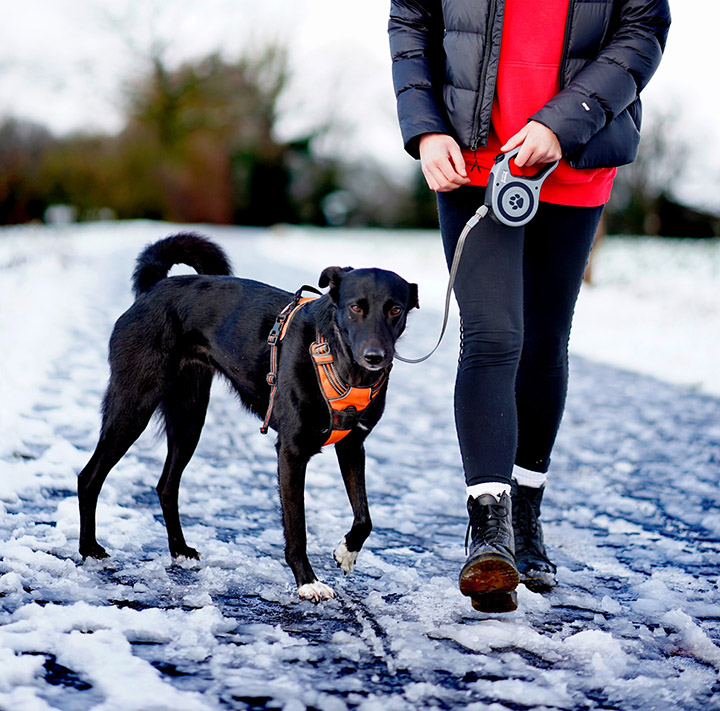
There are also Certified Applied Animal Behaviorists (CAAB), individuals who have completed graduate-level (Masters, Doctorate or a veterinary degree with a behavior residency).
CAABs may include veterinarians and non-veterinarians and most often have advanced degrees in ethology, animal behavior, experimental psychology, and other related fields.
Resources and hands-on guidance from any of these mediators will help you strengthen your relationship with behavior modification for your pet and yourself.
#10 A Cooling, Species-Appropriate Diet
Above all else, before we venture into this notion of cooling foods, we need to lay the foundation.
That means starting with a species-appropriate diet for your carnivore.

Real, whole foods made up of…
- 70-80% animal protein (including skeletal meats and organs) for dogs
- 80-90%+ animal protein (including skeletal meats and organs) for cats
- 25% or fewer carbs from nutrient-rich fruits, veggies, and seeds (even fewer for cats)
Now that the right proportions are in the bowl, we can utilize food energetics to pick the right foods for the anxiety pet.
Food Energetics is simple. Each food you choose sways your body in one direction or another. Like in winter months, we prefer soups and stews over salads– hearty, root vegetables that fill and warm us.
We can apply those same principles to move the body towards balance. Since anxious pets have too much heat or emotion, they respond exceptionally well to neutral or cooling foods like fish, duck, or rabbit, compared to warming or hot foods like venison or lamb, which exacerbate their anxiety (heat). Kibble is highly processed, so by nature, it’s a warming food. Steer clear.
Dr. Bessent developed a cooling formula that anxiety dogs do exceptionally well with and a neutral formula can be rotated in for variety, too.
#11 Synbiotics to Increase Serotonin Levels
You’ll want to add synbiotics to that bowl as well. Synbiotics (probiotics & prebiotics) increase the amount of the bacteria in your dog’s gut, where you’ll also find their gut microbiome. A complex community of living microorganisms (think fungi, viruses, bacteria) that not only make up the lion’s share of your pet’s immune system but also produce the majority of serotonin– the mood hormone.
Those beneficial bacteria travel all the way to the gut to keep the bad bacteria in check, which helps to balance the microbiome. A healthy, balanced microbiome also means a calmer co-pilot.
#12 Calming Herbs
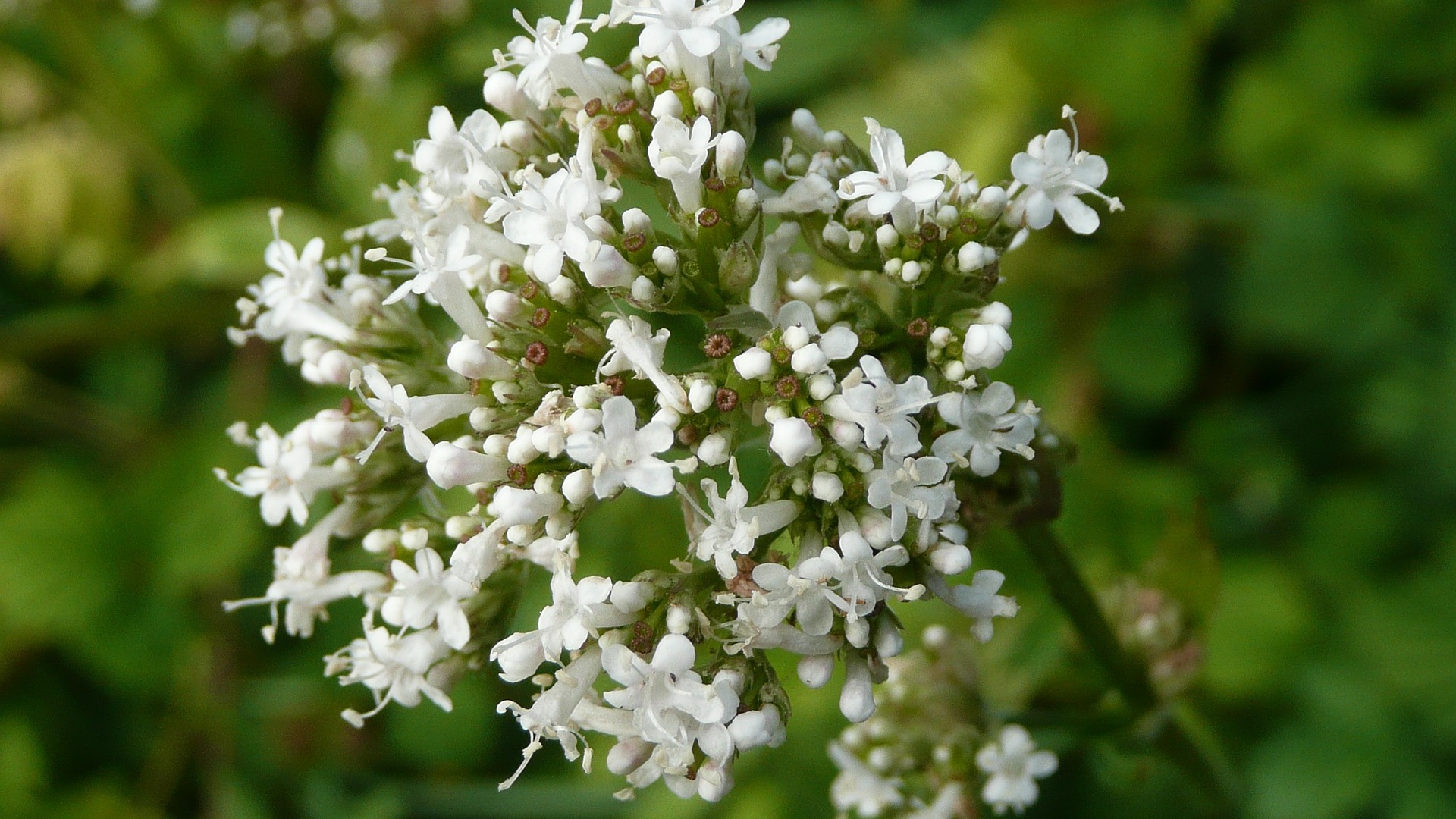
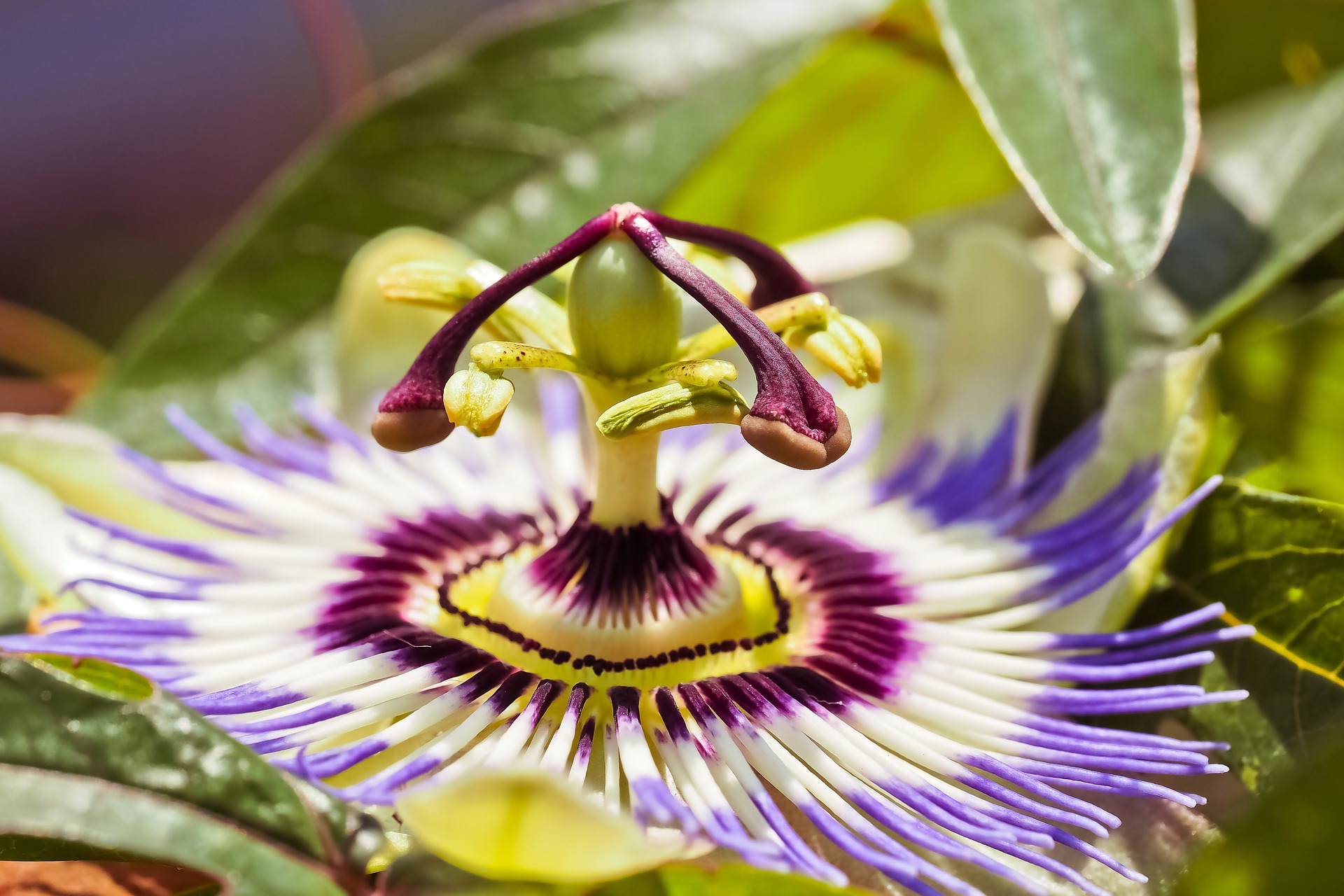
We all have an emotional balance– we work hard to maintain equilibrium and be adaptable when faced with challenges and changes. Western medicine doesn’t approach anxiety this way, but Traditional Chinese Medicine (TCVM) does. TCM refers to this as the balance between the heart (Yang, a fire element) and the kidney (Yin, the water element).
Health and balance – mental, physical, and emotional – are synergetic. So when anxiety hits or slowly sneaks up, it’s because emotions (or heat) bubble over out of control.
This upsets your pet’s emotional balance, so the goal is to fix your four-legger’s imbalance to even out those emotional highs and lows.
Combining spirit calming herbs, heat-draining herbs, and harmonizing herbs found in Calm Shen, you can slowly correct the disharmony, bringing your pet back to a healthy emotional balance.
It’s important to keep in mind that this isn’t an overnight change or a quick fix. It’s a process. Their tail wags a bit more, they’re more in the present with you, and your anxious pup isn’t so anxious anymore.
You can also utilize quick-acting calming herbs like July 3rd chews while those long-term calming herbs strengthen, too. The chews offer a bit of solace to every pet parent – quick-acting relief without the long-standing, drowsy effects when you need a temporary solution for your anxious dog.
This self-care toolkit is full of simple, proven options to help your four-legger through anxiety.
Remember that no one approach works for all pets, though, so keep an open mind and consider these tools as you work to provide balance for your four-legger.
These practices and tools can and should be used in conjunction with each other, but if you’re starting to feel anxious, take a breath. Start with just a few– the species-specific diet and the calming herbs, and add more as you go.
If you aren’t sure where to start, you can take the quiz for a personalized recommendation or if you have questions, drop us a line in the comment section below.
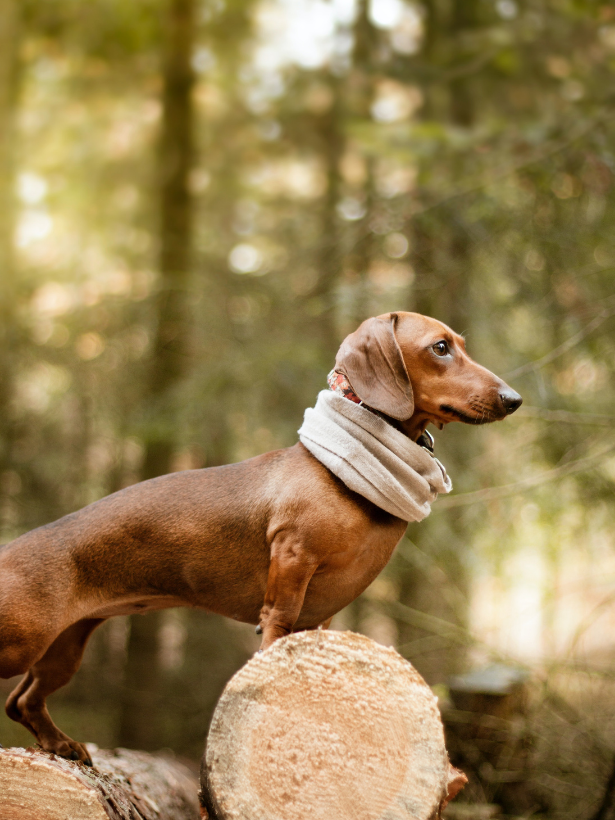
Share this Post

Dr. Chris Besent
Chris Bessent, DVM, MSOM, Dipl. OM, L.Ac. has over thirty years of experience in veterinary medicine including certificates in veterinary acupuncture, veterinary chiropractic and veterinary Chinese herbology. Imbued with Eastern philosophy and the knowledge that food is the foundation of health, Dr. Bessent also received her degree in veterinary nutrition and began to formulate recipes fit for a carnivore from nothing but whole foods. Currently, she divides her time between the Simple Food Project and Herbsmith, both of which are owned and operated out of her facilities in southeastern Wisconsin.

Lynn Guthrie - Content Contributor
Lynn Guthrie is a writer focused on improving the lives of cats and dogs. She is pawrent to two dogs and two cats. When not writing, she enjoys traveling the US with her husband in their RV and gardening.

Kayla Behling - Editor
Kayla is the Content Editor for Herbsmith. She has a cat named Professor Cat-Faced Meowmers, who goes by Kitty, and a goof of a dog, named Duck. She stays busy biking trails, playing board games, and searching for the next best craft beer.
